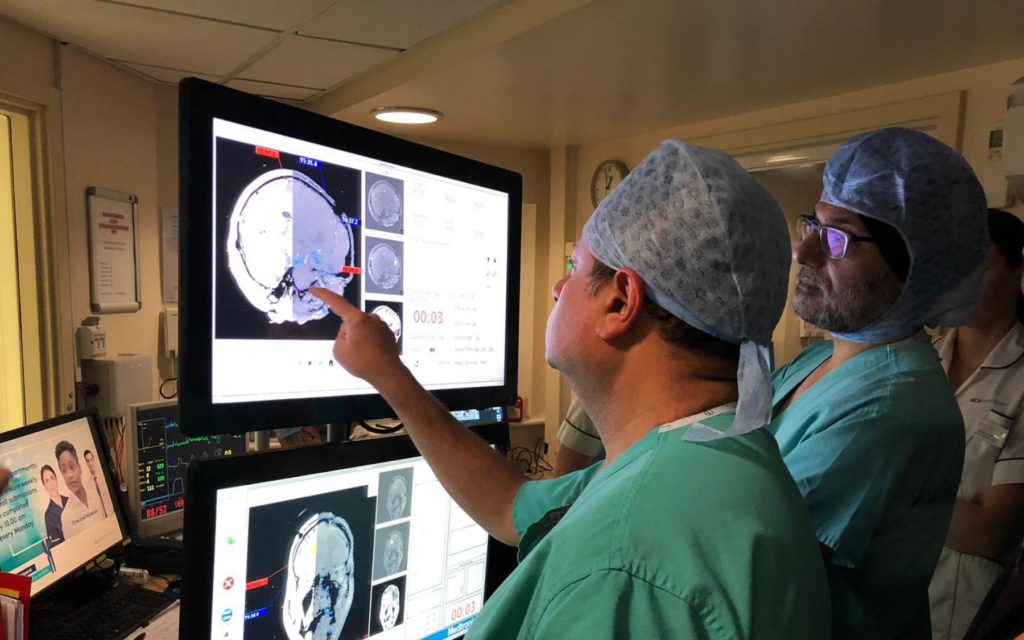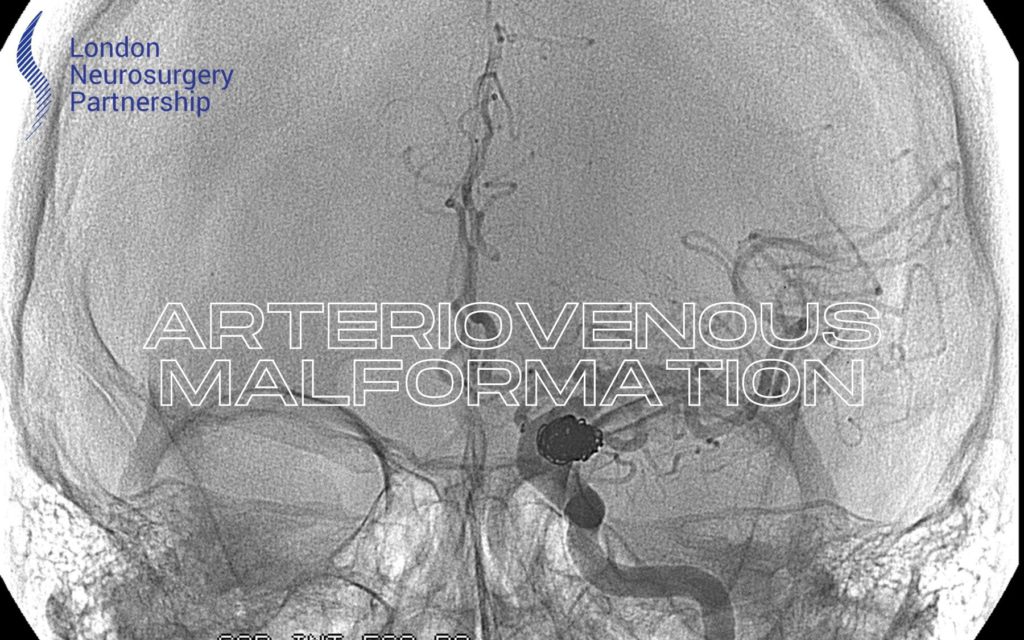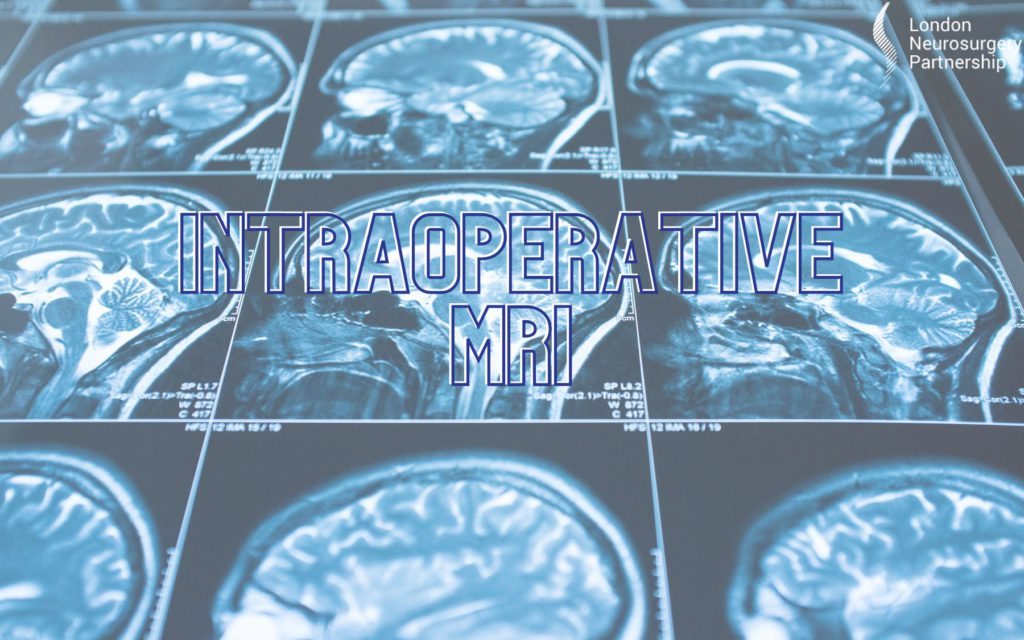
What is functional neurosurgery? Professor Ashkan talks us through what functional neurosurgery means and how it works.
We asked Professor Ashkan what it means to be part of the fascinating world of functional neurosurgery.
So, what is functional neurosurgery?! Traditionally surgery has been a process whereby you change the structure of the body for example if you have appendicitis you remove the appendix, if you have a very worn out spinal disc you take out the disc, you fuse it – ultimately, you’re altering the morphology or the anatomy of the thing you are performing surgery on to fix it.
But functional surgery is fundamentally different because you aren’t changing the structure of tissues. Instead you are trying to change the way they work – the function of the tissues. So, it is essentially using surgical techniques whereby you alter the functioning of the body. If you think about it functional surgery is a little more like medicine than surgery. If you take a drug you don’t alter the structure of the body but you do alter its function. For example, if you have thyroid problem you can take a drug and it corrects the abnormal function of that part of the body. If you think about it functional surgery sits at the borderline between traditional structural changing surgery and medicine. We are using surgical techniques to change function. So, you modulate the human function, brain or nervous tissue using electricity rather than chemicals – which is how the drugs work. It is a fundamentally different way of doing things than standard surgery.
In the context of functional neurosurgery, we use surgical techniques to correct the function of neural tissue – the nerve tissue. This could be changing the function of the brain which is the ultimate neural structure, changing the function of the spinal cord, the cranial nerves and the peripheral nerves. We can do all of those within the context of functional neurosurgery. An example of this could be Deep Brain Stimulation. This is a technique where we use electricity to change the function of the brain. Spinal cord stimulation is another example where you use electricity but this time to alter the function of the spinal cord. Occipital nerve stimulation uses electricity to change the functioning of the occipital nerve. There is also dorsal ganglion (a bundle of nerves) stimulation among many others.
These stimulations use electricity to change the function of the nerves and tissues to reduce pain, correct abnormal function and alter the behaviour of these tissues. This involves placing electrodes into the tissues and a battery into the body. These batteries generate electricity to deliver different types and intensities of electricity by altering the current, the voltage, the pulse width or the frequency. The clever bit here is the battery that can be programmed to deliver all sorts of different combinations of electricity to alter and correct function. The electrodes transmit this electricity to the point of interest in the brain, the spinal cord and the nerves.
We hope this article gave you a little insight into the exciting world of functional neurosurgery.





0 Comments